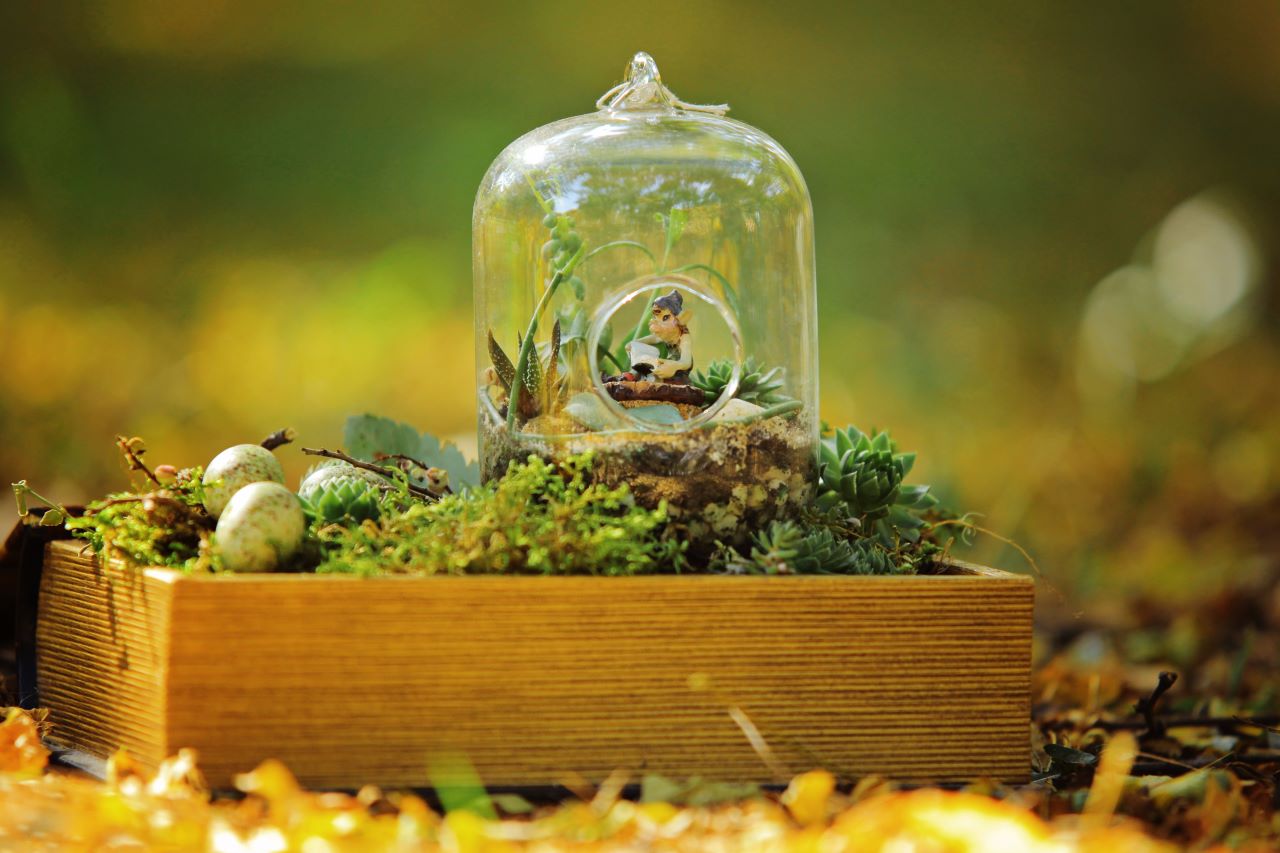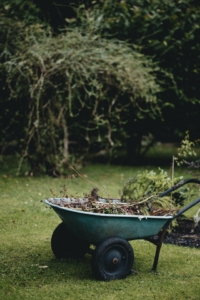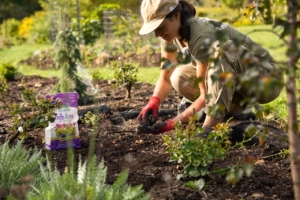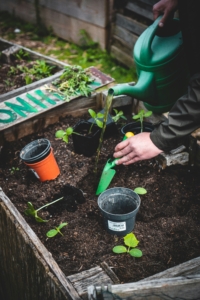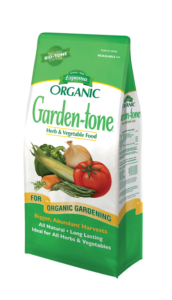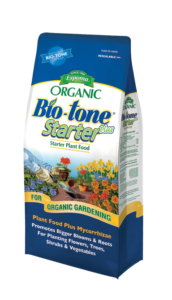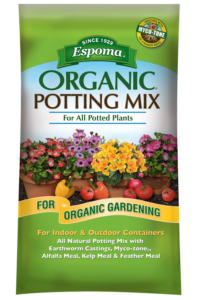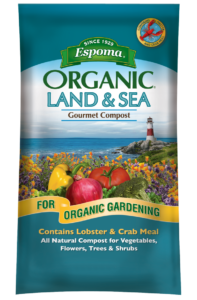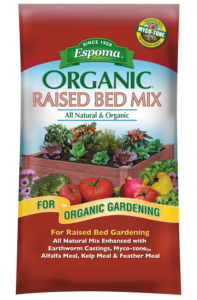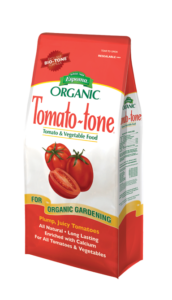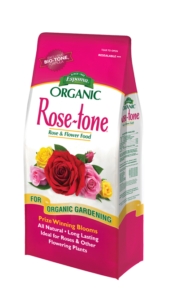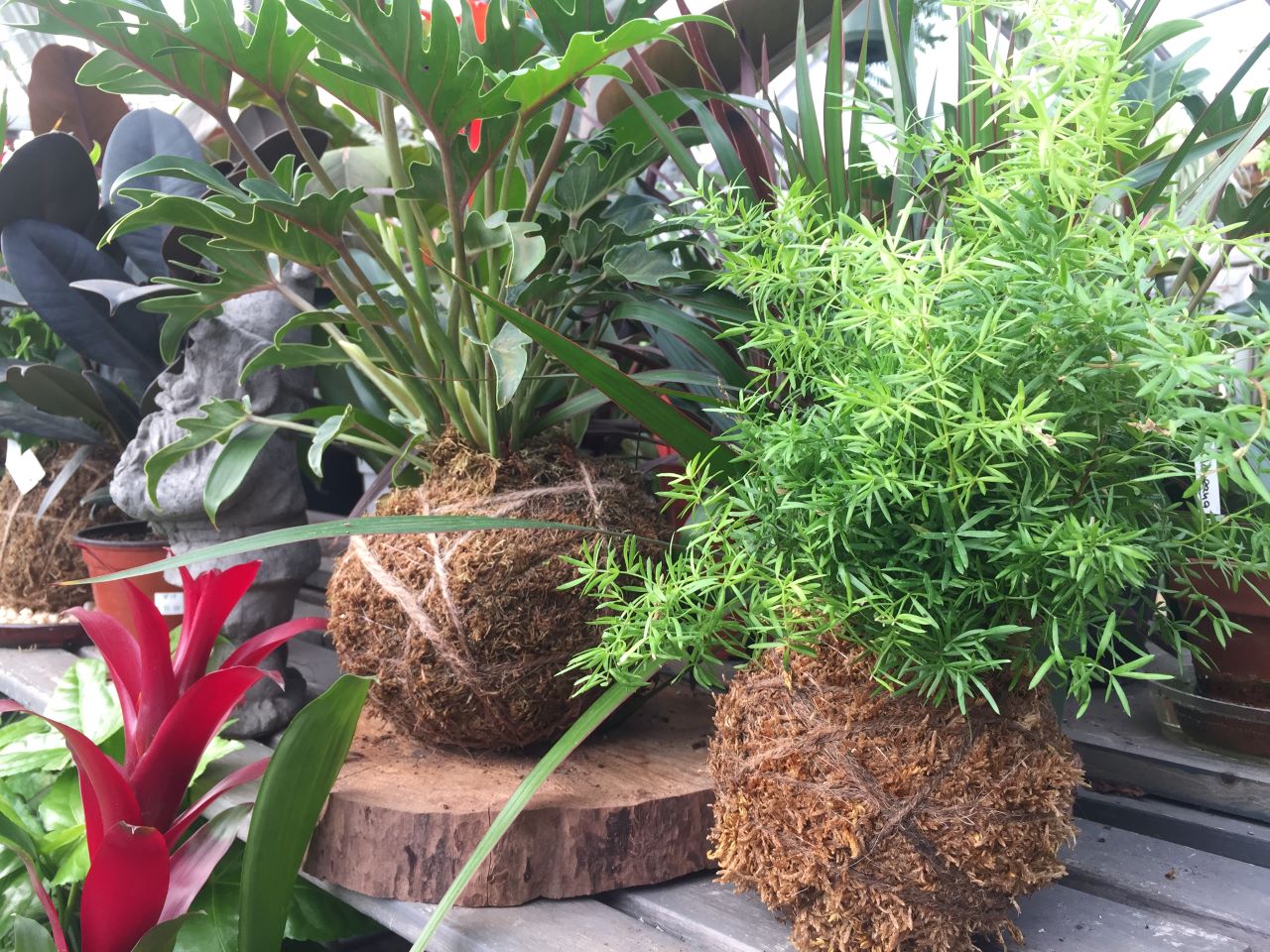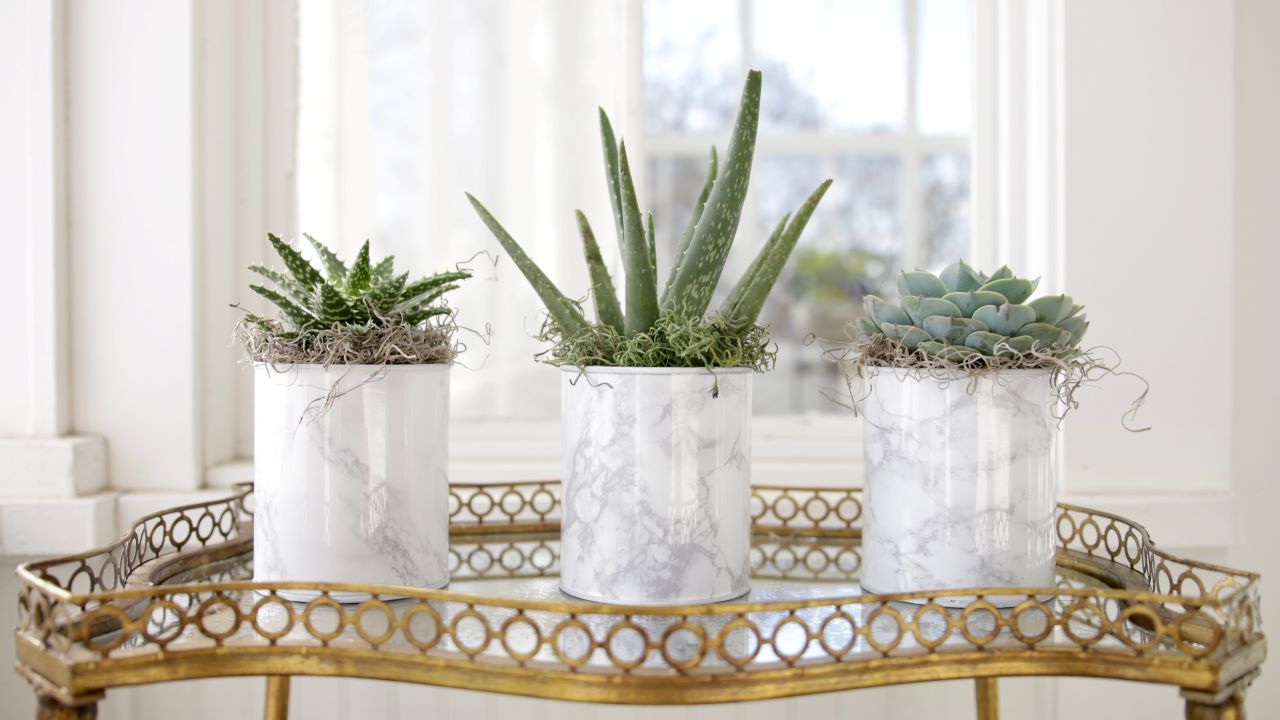Believe in Magic – Fairy Garden Inspiration.
Fairy gardens are the perfect way to add a little magic to your garden. You can create them in a container, a window box, or just plant them straight into the ground. The beauty is they pop up almost effortlessly overnight and the possibilities are endless!
Fairy gardens are miniature gardens, they are adapted from Japanese bonsai gardens. Fairy gardens took the idea of shaping and caring for a miniature tree for relaxation and created a new way of gardening. Because they are miniature, the idea is to welcome fairies and small creatures to enjoy them, just as you enjoy your garden.
It’s easy to start. Use Espoma’s Potting Mix or Cactus Mix as the base for your fairy garden, add miniature plants or succulents and finish with some whimsical touches.
Need more ideas on where to start or what to do next? Check out our list to get that inspiration coming!
- Enchanting Gardens to Build with Your Kids: Grab your kids and start your fairy garden! Add these little ideas in to make your fairy garden really come together.
- Recycle Materials: Use broken pots, logs, or teacups to recycle materials you no longer need into something that will bring joy to your garden.
- Teacups Galore: Grab a teacup and get started! There are options for every shape and size teacup to build your fairy garden.
- Succulent Rooftops: Laura from Garden Answer demonstrates what to use to make your fairy garden’s house styled right!
- Ideas Overload: Explore these 50 ideas to boost your backyard. This will definitely spark some creativity!
- DIY Toadstools: Have the garden, but need décor? Try making these toadstools to make fairies and magical creatures feel right at home.
- Fall Fairy Garden: Fall is almost here. Create a cute fall fairy garden to get you in the fall mood!
- Details, Details: These pictures capture the most detailed parts of a fairy garden. See what they can inspire you to create.
- Vintage Kitchen: Repurpose pieces from your kitchen to create a quirky fairy garden that’s one of a kind.
- Mini Gnome Garden: Gnome’s need a place to stay, too. Learn how to make your own.
Once you’ve planted, don’t forget to use Espoma’s indoor liquid plant foods to get your best fairy garden yet!

